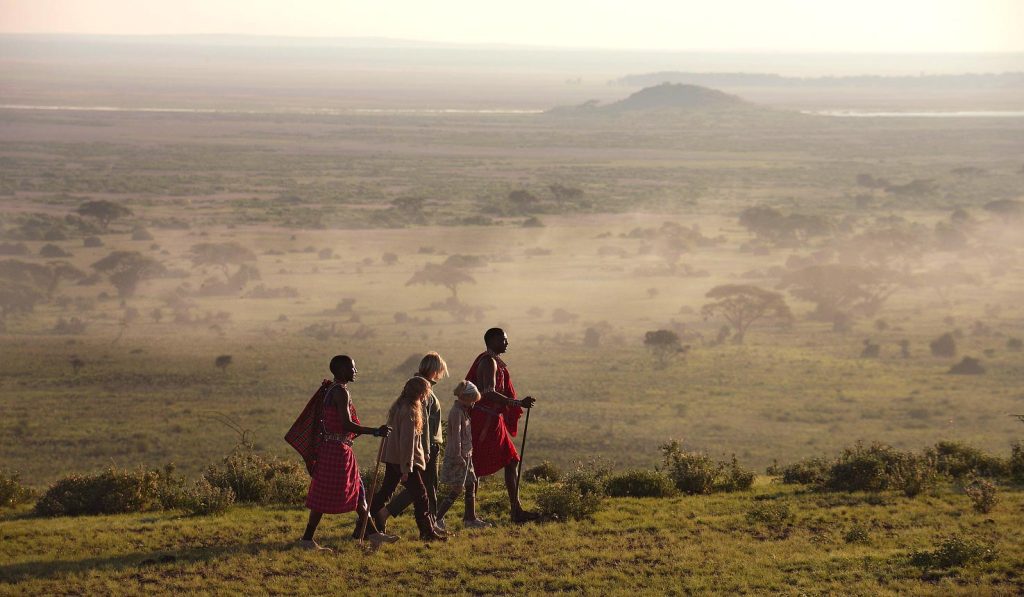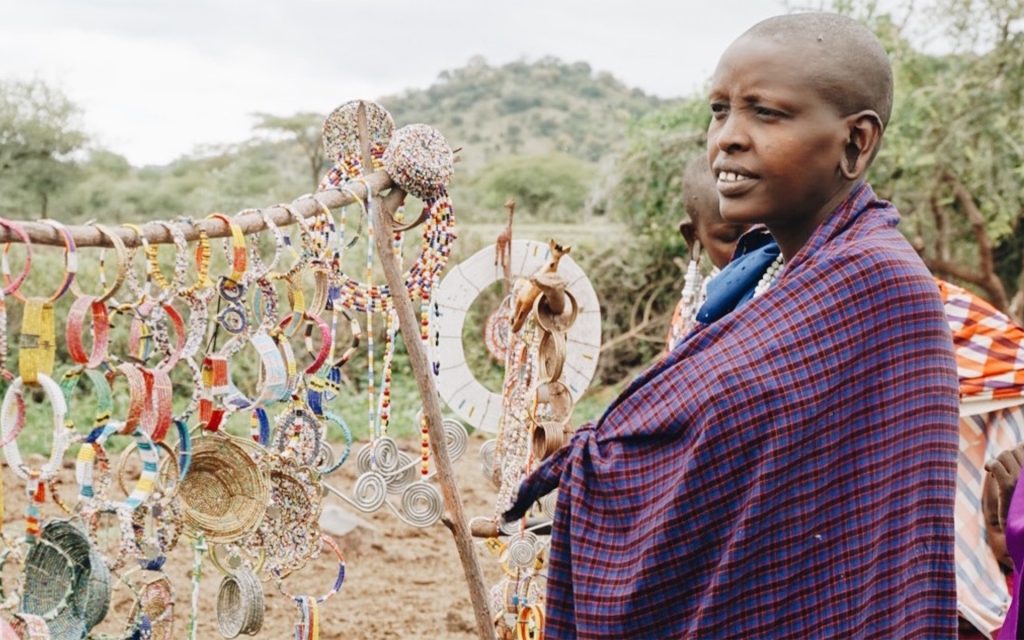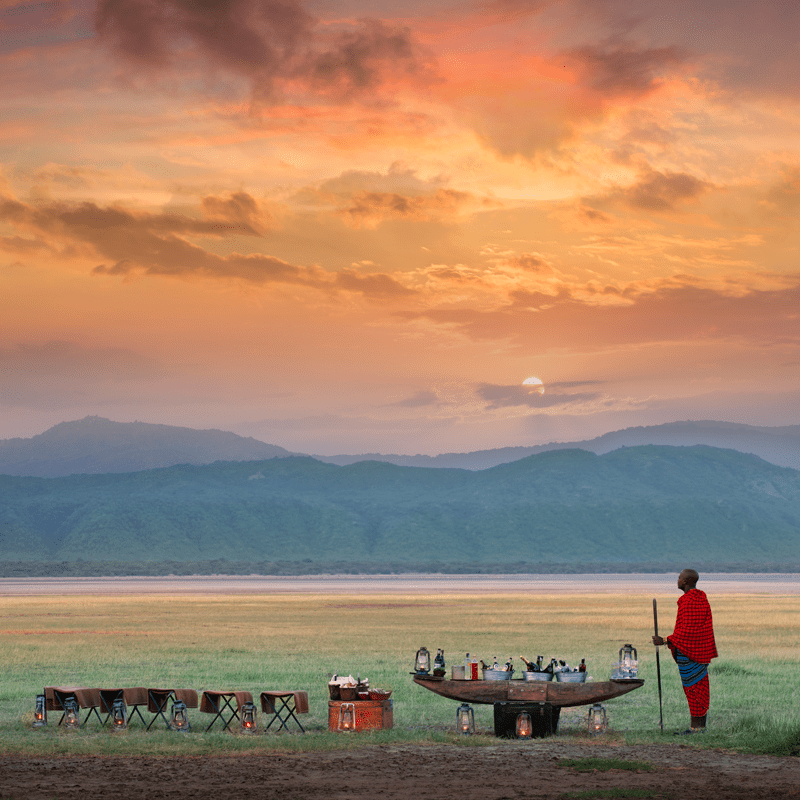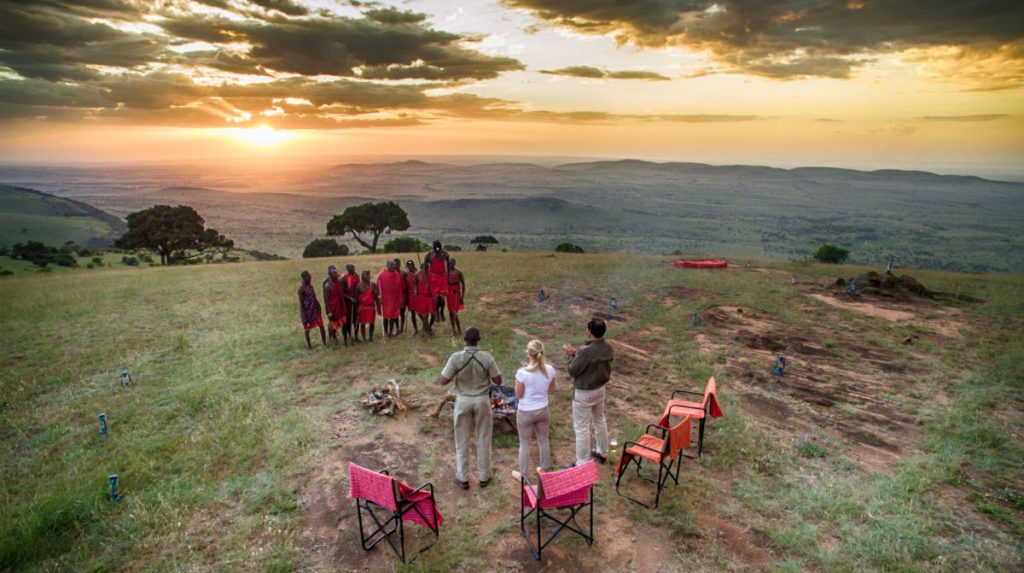Experience Maasai Culture on Your Lake Manyara Visit




Maasai Culture
A visit to Lake Manyara National Park offers not only a chance to encounter diverse wildlife but also a unique opportunity to immerse yourself in the Maasai culture of Tanzania. Nestled near the park and throughout northern Tanzania, the Maasai are one of Africa’s most iconic ethnic groups, celebrated for their traditional lifestyle, vibrant customs, and deep-rooted connection to the land. Exploring the Maasai culture on your Lake Manyara trip adds a layer of richness and meaning to your experience, as you gain insight into the lives, values, and heritage of this remarkable community.
Introduction to the Maasai People of Tanzania
The Maasai people are semi-nomadic pastoralists who have lived for centuries across the plains and savannas of East Africa, particularly in Kenya and northern Tanzania. Known for their distinctive red shukas (cloaks), intricate beadwork, and impressive physical strength, the Maasai have become symbols of Tanzanian culture and heritage. Their customs, language (Maa), and way of life remain largely unchanged by modern influences, reflecting a commitment to preserving their traditions.
The Maasai’s connection to their land is particularly strong, and they live in close harmony with the environment and wildlife. This unique bond with nature has shaped Maasai practices and beliefs, many of which you can learn about firsthand through village tours, cultural performances, and traditional activities around Lake Manyara.
Why Experience Maasai Culture on a Lake Manyara Visit?
The proximity of the Maasai community to Lake Manyara National Park offers an ideal opportunity for visitors to experience authentic Maasai culture alongside the park’s renowned wildlife. Many tours and lodges near Lake Manyara offer excursions to local Maasai villages, where visitors can engage in cultural activities, learn about traditional practices, and interact with Maasai families. These experiences provide a more holistic view of Tanzania’s natural and cultural landscape.
What to Expect in a Maasai Cultural Experience
A Maasai cultural experience offers insights into the Maasai way of life and the cultural values that sustain their community. Here are some of the highlights of what you can expect:
1. Traditional Maasai Villages
Visiting a traditional Maasai village, or boma, allows you to experience Maasai life up close. Maasai villages typically consist of circular huts made from mud, sticks, and cow dung, built in close proximity to create a communal space. The village layout reflects the importance of family and unity within the Maasai community. Guided by Maasai hosts, visitors can explore the village, meet local families, and learn about daily routines.
Key activities may include:
- Learning about Maasai Homes: Tour the interior of a traditional Maasai home and hear about the roles each family member plays in daily life.
- Observing Livestock Care: Livestock is central to Maasai life. You may see cattle herding in action, as cattle are considered sacred and symbolize wealth, status, and sustenance for the community.
- Witnessing Ceremonial Practices: The Maasai are known for their vibrant ceremonies, often celebrating rites of passage, marriages, and harvests. Depending on your timing, you might have the chance to witness a ceremony or special gathering.
2. Maasai Cultural Performances and Dance
Dance and music are essential aspects of Maasai culture, used in rituals and celebrations to express emotions, tell stories, and honor traditions. Visitors can experience these performances, which often include the adumu, or “jumping dance,” where Maasai warriors leap in the air in a show of strength, agility, and endurance.
Highlights of a Maasai performance might include:
- Adumu (Jumping Dance): This famous jumping dance, performed by Maasai men, involves a high-energy display where individuals jump as high as possible without bending their knees.
- Warrior Songs and Chants: Warriors, known as morans, perform rhythmic songs and chants, often accompanied by clapping and foot-stomping.
- Participation Opportunities: Visitors are often invited to join in, making it a memorable, interactive cultural experience.
3. Maasai Beadwork and Craftsmanship
One of the most recognizable aspects of Maasai culture is their intricate beadwork, known for its bright colors and complex patterns. Each color in the beadwork has symbolic significance, representing aspects like bravery, peace, unity, and health. Maasai women typically craft the beadwork, creating beautiful necklaces, bracelets, earrings, and headdresses that they wear daily and during special occasions.
In a beadwork demonstration, visitors may:
- Learn the Meaning of Colors and Patterns: Discover how different colors and shapes are used to communicate Maasai values and identity.
- Observe the Crafting Process: Watch Maasai artisans create beadwork by hand, a skill that has been passed down through generations.
- Purchase Authentic Maasai Jewelry: Many Maasai artisans sell their jewelry to visitors, offering a chance to take home a meaningful souvenir while supporting the local community.
4. Maasai Cuisine and Traditional Food
Another way to connect with Maasai culture is through food. The Maasai diet traditionally revolves around cattle, including milk, meat, and occasionally blood, which they consume during special rituals. On a cultural tour, visitors may be invited to try Maasai-style food and learn about traditional preparation methods.
While not every aspect of the Maasai diet is shared with visitors, you might try:
- Milky Tea and Traditional Porridge: Sample a Maasai beverage made with a blend of milk and local herbs, often served as a welcome drink.
- Maasai Boma Meal: Some tours include a meal prepared in the Maasai style, allowing visitors to taste dishes made with locally sourced ingredients and cooked using traditional methods.
5. Maasai Storytelling and Folklore
The Maasai have a rich oral tradition, passing down stories, myths, and folklore through generations. Storytelling is a way of preserving Maasai heritage and sharing values with the younger generation. In some cultural tours, Maasai elders may share stories about their ancestors, gods, and the origins of their people, offering insights into the Maasai worldview and connection to nature.
The Importance of Sustainable and Respectful Tourism
Experiencing Maasai culture in Tanzania is an opportunity to engage respectfully and responsibly with one of Africa’s oldest communities. Tourism can significantly benefit the Maasai people by providing income and supporting community projects, but it’s essential to approach these interactions with sensitivity.
Tips for Responsible Cultural Tourism:
- Respect Privacy: Always ask for permission before taking photos of individuals, as some Maasai may feel uncomfortable being photographed.
- Support Local Artisans: Purchasing crafts directly from Maasai artisans supports their work and helps sustain their traditional craft-making skills.
- Engage with Local Guides: Hiring Maasai guides enhances the experience and ensures that cultural exchanges are accurate and respectful.
- Be Mindful of Cultural Differences: Be open to learning about Maasai customs, even if they differ from your own, and avoid imposing Western values.
The Impact of Tourism on Maasai Communities
Tourism around Lake Manyara has created valuable opportunities for the Maasai people, from job creation to cultural preservation. Income from tourism helps fund education, healthcare, and conservation projects within Maasai communities, improving their quality of life while empowering them to share their heritage. Sustainable tourism initiatives allow the Maasai to benefit from sharing their culture while preserving their traditions, creating a balanced and mutually beneficial relationship.
How to Book a Maasai Cultural Tour Near Lake Manyara
Many safari operators and lodges near Lake Manyara offer Maasai cultural tours as part of their packages. Here’s how to make the most of your visit:
- Choose a Reputable Tour Operator: Look for operators with a strong commitment to sustainable tourism and who work directly with Maasai communities.
- Combine Wildlife and Cultural Experiences: Many tours offer a mix of safari and cultural activities, allowing you to see Lake Manyara’s wildlife and engage with the Maasai in one trip.
- Ask About Specific Experiences: If you’re interested in beadwork, dance, or storytelling, inquire in advance so the tour can be tailored to include these elements.
Conclusion: Discovering Maasai Culture Enriches Your Lake Manyara Experience
Engaging with Maasai culture in Tanzania adds a unique dimension to a visit to Lake Manyara National Park. By immersing yourself in Maasai life, you gain an appreciation for the values, customs, and resilience of this remarkable community. Beyond the park’s natural beauty, Maasai cultural experiences allow you to connect with Tanzania’s human heritage, making your journey more meaningful and memorable.

One Comment